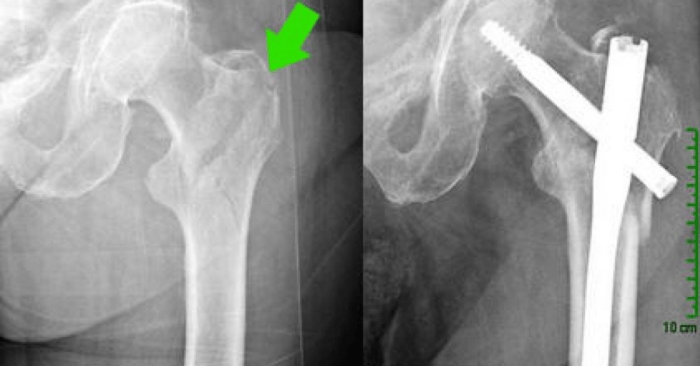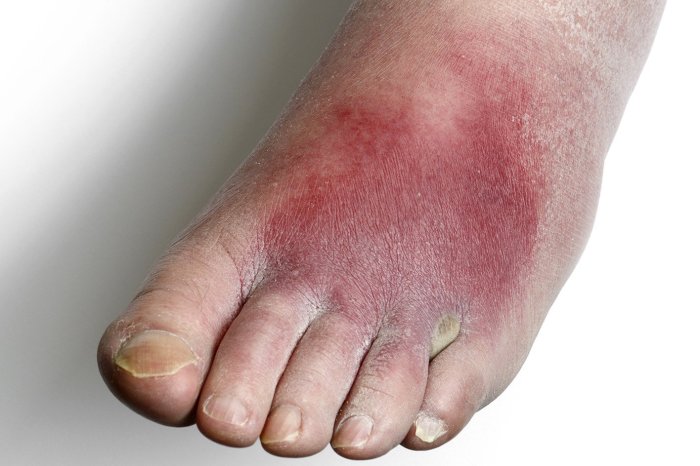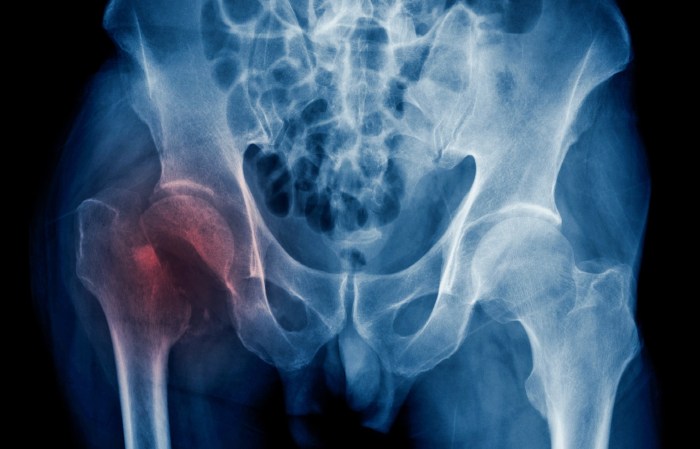Hip fracture with MRSA cellulitis case study presents a unique and challenging clinical scenario that requires a multidisciplinary approach. This case study explores the complexities of managing such a condition, highlighting the importance of early diagnosis, appropriate antibiotic therapy, and comprehensive rehabilitation.
The case study follows the journey of a patient with a hip fracture complicated by MRSA cellulitis, providing insights into the clinical presentation, diagnostic workup, treatment plan, and long-term outcomes.
Hip Fracture with MRSA Cellulitis Case Study

Hip fractures are a common injury in the elderly population, and they can be associated with significant morbidity and mortality. When a hip fracture is complicated by a superimposed infection, such as cellulitis caused by methicillin-resistant Staphylococcus aureus (MRSA), the management becomes even more challenging.
This case study presents the management of a hip fracture with MRSA cellulitis in an elderly patient.
Patient History and Presentation, Hip fracture with mrsa cellulitis case study
A 75-year-old female presented to the emergency department with a chief complaint of left hip pain and swelling. She had a history of osteoporosis and had fallen at home two days prior. On examination, she was afebrile and had a normal white blood cell count.
There was significant swelling and tenderness over the left hip, and a small puncture wound was noted on the lateral aspect of the hip.
Physical Examination
The physical examination revealed a displaced intertrochanteric hip fracture. There was associated swelling and erythema of the surrounding soft tissues, and purulent drainage was noted from the puncture wound. There were no neurological deficits or vascular compromise.
Imaging Studies
X-rays of the left hip confirmed the presence of a displaced intertrochanteric hip fracture. A CT scan of the pelvis showed no evidence of intra-articular extension of the fracture.
Microbiology
Wound cultures grew MRSA. The isolate was susceptible to vancomycin, linezolid, and daptomycin.
Treatment Plan
The patient was admitted to the hospital and underwent surgical repair of the hip fracture. The wound was debrided and irrigated, and the fracture was stabilized with a dynamic hip screw. She was also started on intravenous vancomycin for the treatment of the MRSA cellulitis.
Surgical Intervention
The surgical intervention involved a lateral approach to the hip. The fracture was reduced and stabilized with a dynamic hip screw. The wound was thoroughly debrided and irrigated, and a drain was placed.
Antibiotic Therapy
The patient was started on intravenous vancomycin for the treatment of the MRSA cellulitis. The antibiotic was administered for a total of six weeks.
Postoperative Care
Postoperatively, the patient was managed with pain medication, wound care, and physical therapy. She was discharged home after two weeks and continued her antibiotic therapy and physical therapy on an outpatient basis.
Rehabilitation and Functional Outcomes
The patient made a good recovery from her hip fracture and MRSA cellulitis. She was able to regain full range of motion in her hip and ambulate independently.
Case Discussion
This case study highlights the challenges and complexities of managing hip fractures with MRSA cellulitis. The presence of MRSA infection can significantly complicate the management of the fracture, as it can lead to delayed wound healing, increased risk of infection, and poor functional outcomes.
It is important to identify and treat MRSA infections promptly to improve patient outcomes and prevent complications.
FAQ Compilation
What are the common symptoms of hip fracture with MRSA cellulitis?
Pain, swelling, erythema, drainage, and fever
How is MRSA cellulitis diagnosed?
Through physical examination, imaging studies (X-rays, CT scans), and microbiological testing
What is the treatment for hip fracture with MRSA cellulitis?
Surgical repair of the fracture, antibiotic therapy, and supportive measures (pain management, wound care)

